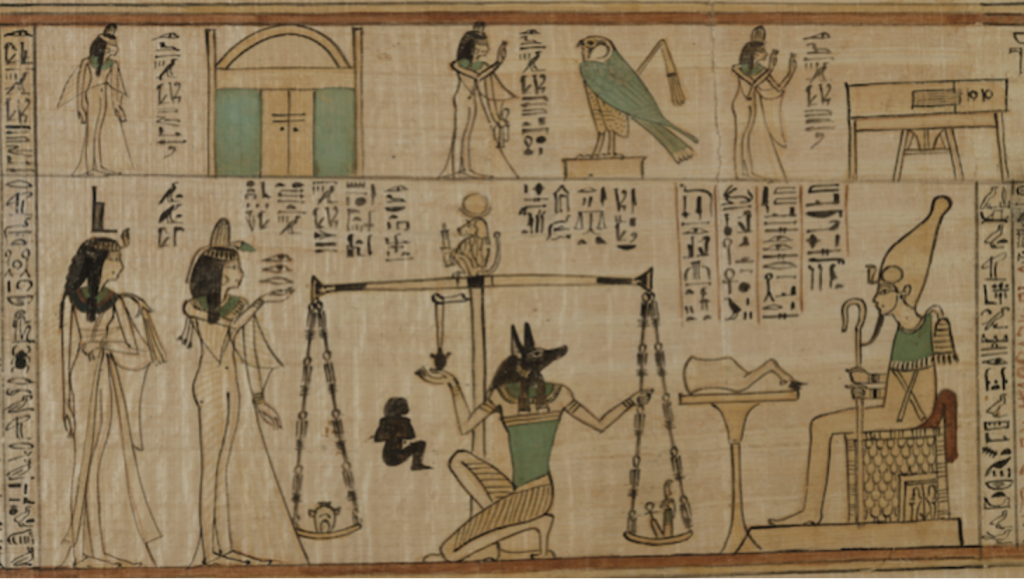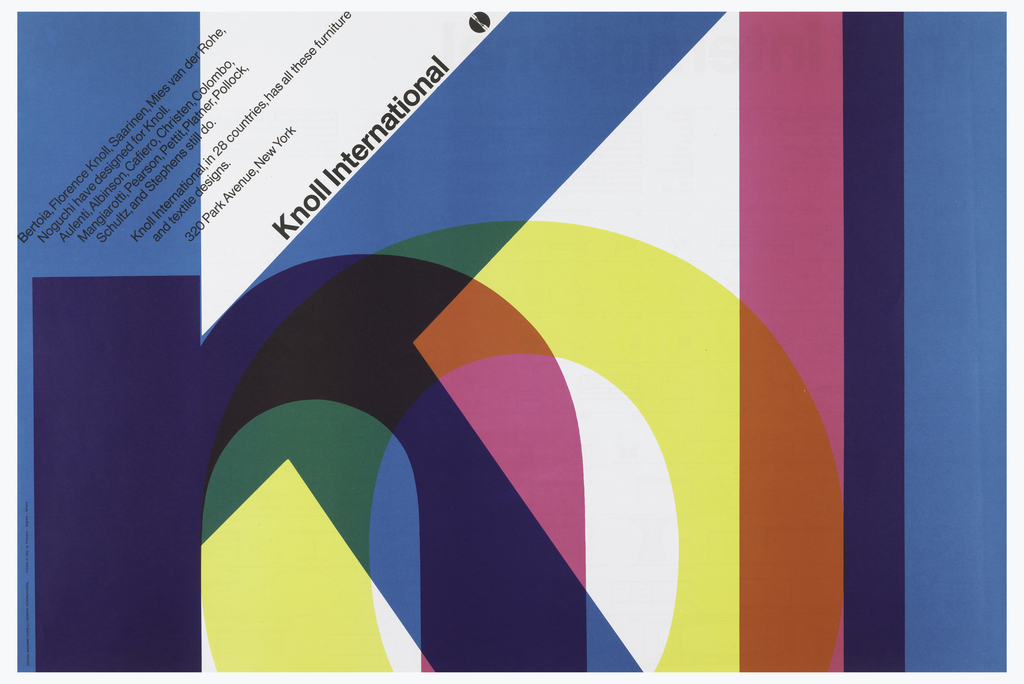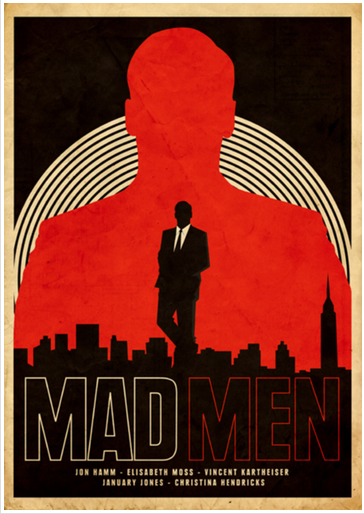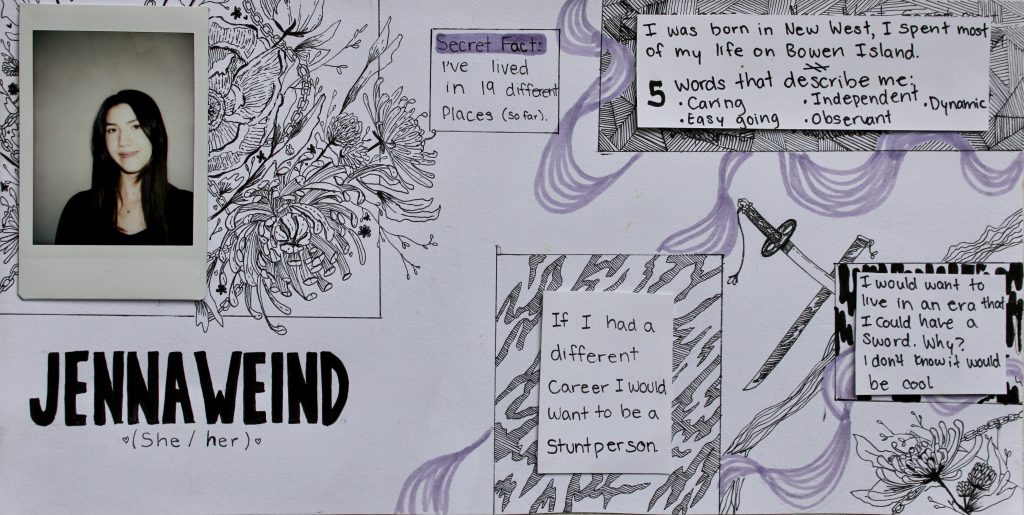Books of the dead are ancient Egyptian texts that are designed to protect and aid the deceased through the afterlife. There are multiple different versions such as Coffin texts, pyramid texts, and many more. These books were traditionally buried with the deceased and originally thought to represent their worthiness to enter paradise. The earliest found record of these texts dates back to 2400 BCE (Britannica, n.d).

The Book of the Dead is a papyrus scroll that is intended to attain immortality (Gala, 0:025-0:035). These books of the dead were traditionally reserved for pharos and those of high standing called pyramid texts. The texts were thought to depict their royalty and status to prove they are worthy to enter paradise. However, it became common practice and it was thought that regular people could also make it to the afterlife if they could pay and successfully navigate the underworld. The books that non-royalty possessed were called coffin texts (Warren, n.d).
Coffin texts are spells and incantations contained in a scroll. They are a version of the book of the dead, one that was for non-royalty. These spell books were put inside their tombs and were thought to be able to assist them in navigating and passing all of the tests of the afterlife. An individual can use these tools to help persuade the gods to let them into paradise. There is a series of tests that one must pass to achieve entrance to paradise. The book of the dead is intended to aid their passing of these tests and help them pass judgment (Warren, n.d). A famous recorded example of this journey is that of Ani.

The video by Tejal Gala offered an engaging visual for the story of Ani and his book of the dead. It outlined the story of Ani and his descent into the afterlife. Ani uses his scroll of the dead to navigate the underworld and convince the gods that he is worthy to enter paradise. Equipped with the scroll he is able to pass all of the tests of the afterlife, such as proving to 42 accessor gods that he has lived a righteous life (Gala, 2:21-2:30). Ani’s path finally leads to him weighing his heart against a feather (Refer to image 2). If his heart weighs heavier than that of the feather, he would be devoured by Ammit.

Ammit is a part hippo, part crocodile, and part leopard creature. It is a creature that devours the soul of the individual if their heart is too heavy with sins from their lifetime. Finally, after passing this final test and avoiding being eaten by Ammit, Ani is allowed to enter paradise where he will cultivate a plot of land for the rest of his time and be reunited with his deceased family (Gala, 3:41-3:55).
Works Cited:
Image 3: “Ammit & Thoth Await the Judgement of a Soul.” World History Encyclopedia, UNESCO Archives, https://www.worldhistory.org/image/12848/ammit–thoth-await-the-judgement-of-a-soul/.
Britannica, The Editors of Encyclopaedia. “Book of the Dead”. Encyclopedia Britannica, 22 Sep. 2017, https://www.britannica.com/topic/Book-of-the-Dead-ancient-Egyptian-text. Accessed 30 September 2021.
Gala, Tejal, director. The Egyptian Book of the Dead: A Guidebook for the Underworld, Youtube, 31 Oct. 2016, https://www.youtube.com/watch?v=1yv_MXNYbAo.
Image 1 & 2: Warren, Kellie. “Book of the Dead: A Guidebook to the Afterlife.” ARCE, American Research Center in Egypt, https://www.arce.org/resource/book-dead-guidebook-afterlife.





